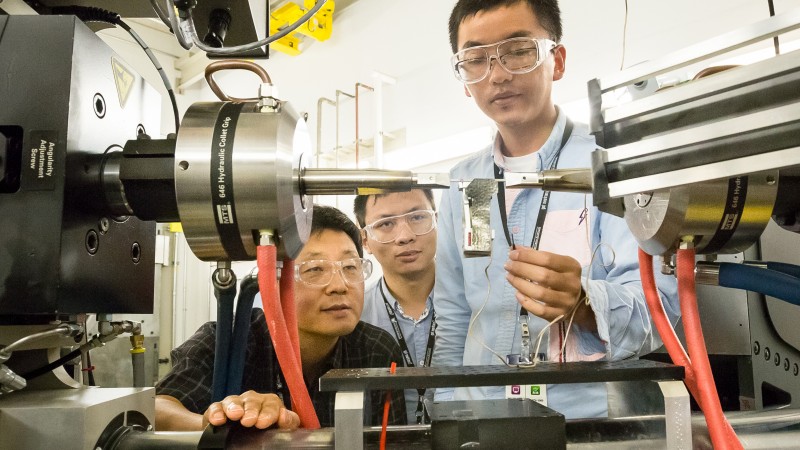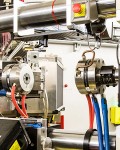Stainless steel is an alloy of steel used for a variety of industrial applications because of its resistance to corrosion and its mechanical and physical properties that are desirable for fabrication. Nickel is a critical element in the stainless steel alloy to preserve its austenitic structure, or the microstructure that allows the material to be formed and welded, and provide it with ductility. During the past decade, stainless steel industries experienced excessive fluctuation in the nickel price. This unforeseen situation, especially in the Asian market, led to the advent of austenitic stainless steels with ever-lower nickel content.
However, these cost-effective stainless steels are more prone to delayed cracking, where cracking occurs over time after the parts are shaped by the forming process, such as deep drawing. In order to come up with an idea for developing low-nickel stainless steels with reduced delayed cracking, Dr. Dongchul Chae, a researcher with POSCO, a Korean steel manufacturing company, has come to VULCAN, SNS beam line 7, to study the role of microstructure in delayed cracking by in-situ neutron diffraction under deformation.
Chae and his colleagues are hoping that neutron measurements at VULCAN will reveal key information on the control of microstructure to be resistant to delayed cracking under the severe plastic deformation imposed by the deep drawing process. “We have to fully understand the effect of the microstructures on the driving force of crack propagation,” said Chae.
This work is conducted in collaboration with a team from the University of Tennessee, Knoxville (UTK), led by Hahn Choo. The research is also part of the Ph.D. dissertation work of UTK student Peijun Hou.





